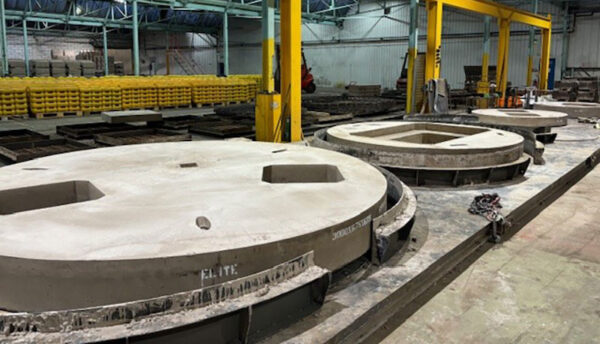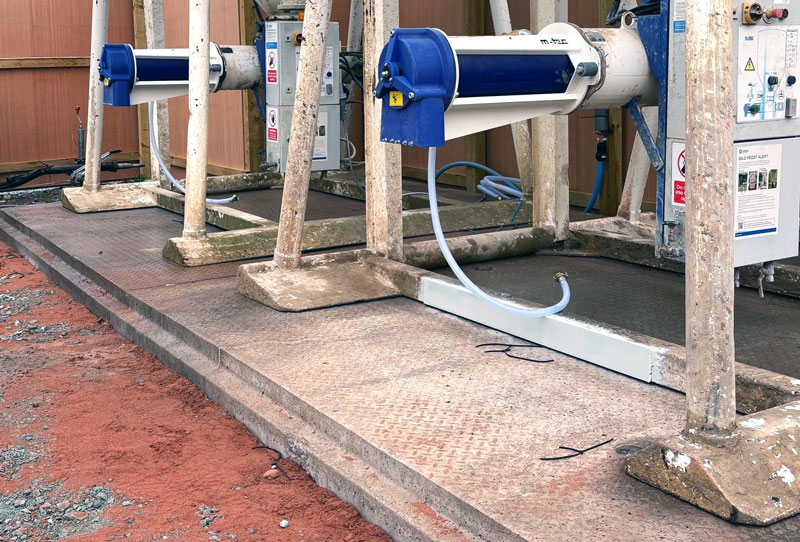Creating Secure Spaces for Damaged Electric Vehicle (EV) Storage
25-10-2023
The sales of battery electric vehicles (BEVs), plug-in hybrids (PHEVs), and hybrid electric vehicles (HEVs) have witnessed consistent year-on-year growth since their introduction in the UK. However, the parallel need for safe facilities to repair or store damaged EVs has also grown.
In response to this demand, the Government has issued comprehensive guidelines to all stakeholders involved in this process, including car repair centres, car dealerships, scrapyards, recycling plants, and car auctions. These guidelines outline best practices when it comes to handling the high voltage (HV) systems used within electric vehicles, which pose unique hazards to those working on these vehicles.
Storage of Damaged Electric Vehicles (EVs)
In the case of electric vehicles sustaining minor accidents, concerns have arisen that they may explode. Consequently, current DVLA and Transport Department guidelines dictate that damaged EVs must be stored a considerable 15 meters apart within repair garages. This results in just two damaged electric cars occupying the same space as 100 petrol or diesel cars.
The Department of Transport has observed that fires in damaged EVs can potentially reignite within hours or even days following an accident. To address this, technicians are advised to isolate the HV system by disconnecting the low voltage system and removing the HV system manual service disconnect.
EVs suspected of having a damaged HV system should be stored in an outdoor quarantine area. In this area, the vehicle will be closely monitored for up to 48 hours following an incident. If the HV battery temperature does not decrease to ambient levels, the Government recommends leaving the vehicle until it is deemed safe. Electric vehicles have been known to ignite up to two weeks after an accident.
Creating Secure Outdoor EV Quarantine Areas with Interlocking Blocks
Establishing an outdoor EV quarantine area using interlocking concrete blocks is a straightforward process.
Stakeholders must ensure that the interlocking blocks conform to Class A1 of Fire Classification EN 13501-1, such as those provided by Elite Precast Concrete. This classification indicates that the blocks are non-combustible.
Elite Precast's concrete blocks are resilient and do not burn, crack, or emit noxious fumes, regardless of the intensity and duration of exposure to fire. This ensures the safety of individuals outside the quarantined area and effectively contains any fires within the designated space.
Previously utilised as firebreak walls within Fire Prevention Plans, these blocks are both quick and simple to install. They are readily available from stock or can be delivered within days of ordering. This expedites the implementation of the Government's safety guidelines with minimal disruption.
Simplified Solutions
For further information and assistance, please do not hesitate to contact our sales team at 01952 588885. Our experts can provide guidance on block sizes and weights, arrange professional installation if you prefer not to do it yourself, and discuss payment options, including potential financial packages. You can also reach out via email at sales@eliteprecast.co.uk for more information. We are here to make this process as smooth and secure as possible for you.






